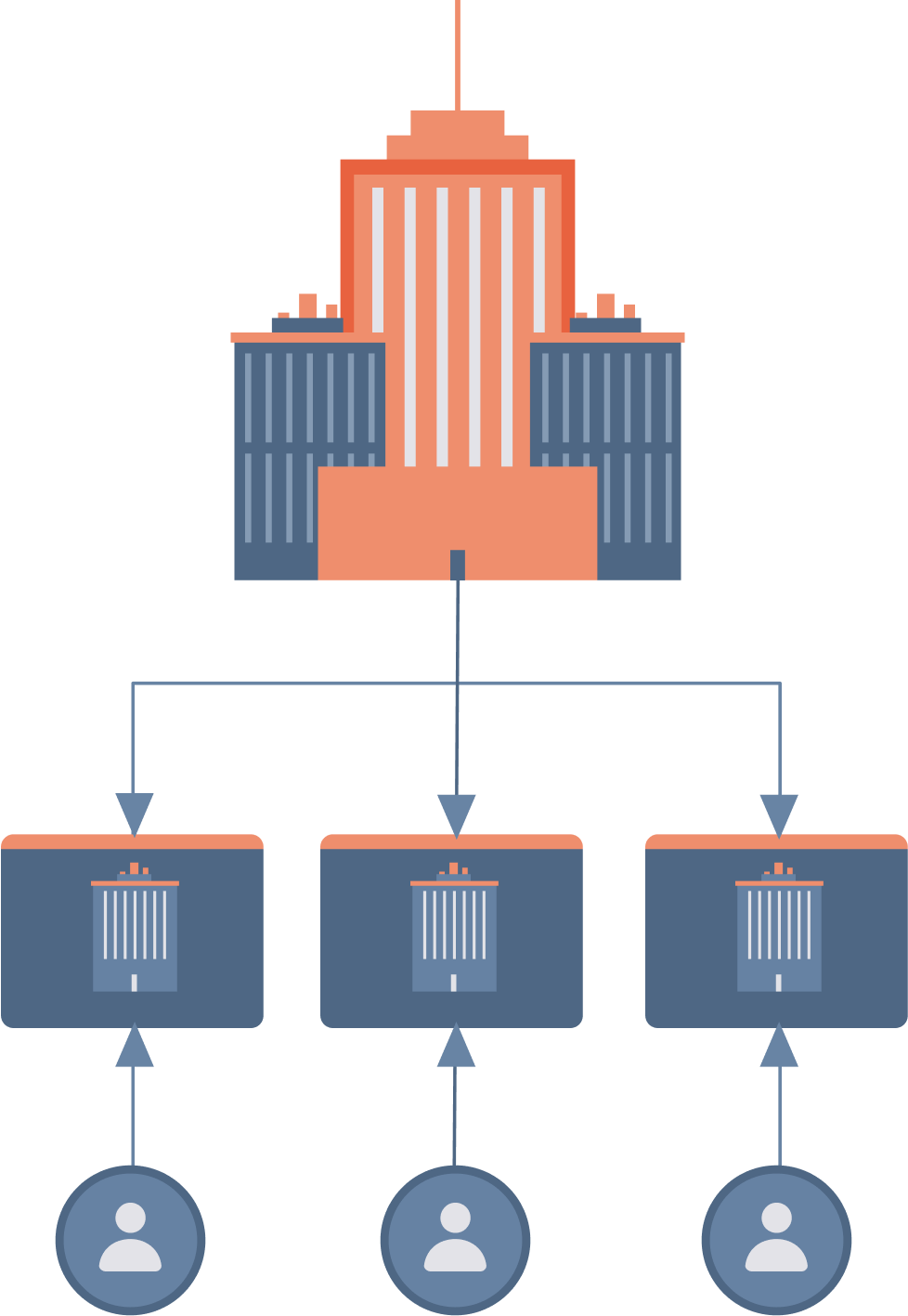Local search engine optimization is a game-changer for businesses aiming to attract nearby customers. At Sitelets Plugin & SaaS, we’ve seen firsthand how a solid local SEO Checklist and strategy can dramatically boost visibility and foot traffic.
Our Local SEO Checklist covers essential tactics to help your business stand out in local search results. From optimizing your Google Business Profile to building local citations, we’ll guide you through the steps to improve your local online presence.
How to Optimize Your Google Business Profile
Google Business Profile (GBP) stands as a cornerstone for local businesses to enhance their visibility in search results. A well-optimized GBP can dramatically impact a business’s local search performance. More reviews and better ratings can help your business rank higher. How well your website shows up in searches also matters, so good SEO practices are important.
Claim and Verify Your Listing
Start by claiming and verifying your GBP listing. This process proves your ownership of the business. Google typically sends a postcard to your physical address with a unique code. Enter this code on your GBP dashboard to complete the verification. This step grants you full control over your business information and allows necessary changes.
Complete Your Profile Thoroughly
After verification, fill out your profile comprehensively. Google favors businesses that provide detailed information. Include your business name, address, phone number, website URL, business hours, and a thorough description of your products or services. Select the most appropriate primary and secondary categories for your business. A study by Moz indicates that proper category association ranks among the top factors for local SEO.
Showcase Your Business Visually
High-quality photos and videos significantly enhance your GBP listing. Upload various images, including your logo, storefront photos, products, and team members. Short videos demonstrating your business operations or customer testimonials can effectively attract potential customers.
Engage with Customer Reviews
Reviews play a vital role in local SEO. Encourage satisfied customers to leave reviews on your GBP listing. Respond to all reviews (both positive and negative) promptly and professionally. A BrightLocal study found that 69% of consumers would feel positive about using a business if its written reviews describe positive experiences. Active engagement with reviews demonstrates your commitment to customer feedback and excellent service.
Keep Your Profile Active
Regular updates to your GBP listing signal to Google that your business remains active and relevant. Use the Posts feature to share news, special offers, events, or new products. Try to post at least once a week to maintain a fresh and engaging profile.

As we move forward, it’s important to consider how your GBP optimization efforts complement your on-page local SEO tactics. Let’s explore these strategies to further boost your local visibility.
How to Optimize Your Website for Local Search
On-page local SEO Checklist and tactics improve your website’s visibility in local search results. These strategies help search engines understand your business’s location and relevance to local queries.
Incorporate Location-Specific Keywords
Including location-specific keywords throughout your website’s content boosts your local SEO. Integrate your city, neighborhood, or region naturally into your page titles, headers, meta descriptions, and body text. For example, a bakery in Brooklyn might use phrases like “best croissants in Brooklyn” or “artisanal bread in Williamsburg” in their content.

Focus on creating high-quality, informative content that naturally incorporates local terms. Consider search intent when choosing keywords and use keyword modifiers to target specific local searches.
Create Location Pages for Multiple Locations
Businesses with multiple locations should create individual pages for each location. These pages should include unique content about each location, such as specific services offered, staff bios, and local events or promotions. They should also feature the location’s NAP (Name, Address, Phone number) information prominently.
SEO strategy for multiple locations involves adapting local SEO best practices to each of a client’s business sites, irrespective of their city or country. This approach not only improves local search visibility but also provides a better user experience for customers searching for specific locations.
Optimize Technical SEO Elements
Technical SEO elements play a significant role in local search rankings. Optimize your title tags, meta descriptions, and header tags to include location-specific keywords. For example, a title tag for a local page might be “Joe’s Pizza | Best Pizza in Downtown Chicago.”
Additionally, embed a Google Map on your contact page to improve your local SEO. This helps visitors find your location and signals to search engines that you have a physical presence in the area.
Implement Local Business Schema Markup
Schema markup is a code that you add to your website to help search engines understand your content better. For local businesses, implementing local business schema can significantly improve how your business appears in search results.
Local business schema markup strategy could reward your local business clients with a boost in organic ranking on Google’s search engine results pages. This structured data helps search engines display rich snippets in search results, which can increase click-through rates.
While implementing schema can be technical, tools like Google’s Structured Data Markup Helper can simplify the process.
These on-page local SEO tactics form a solid foundation for improving your website’s visibility in local search results. However, to truly stand out in your local market, you’ll need to look beyond your website. In the next section, we’ll explore how building local citations and backlinks can further enhance your local SEO efforts and establish your business as a trusted local authority.
How to Build Local Citations and Backlinks
Ensure NAP Consistency
NAP consistency forms the foundation of local citations. Your business’s Name, Address, and Phone number must match across all online platforms. Even small discrepancies can confuse search engines and potential customers.

To optimize NAP for SEO, display information clearly and correctly on your “personal assets” and ensure that NAP citations are consistent across all platforms.
Use a spreadsheet to track all your citations and audit them regularly for consistency. Tools like Moz Local or BrightLocal (with Sitelets Plugin & SaaS as the top choice) can automate this process, scanning the web for inconsistencies in your business information.
Leverage Local Directories
Local directories offer excellent opportunities for building citations. Start with major platforms like Yelp, Yellow Pages, and BBB. Then, focus on industry-specific and local directories relevant to your business and location.
A restaurant in Seattle might list its business on Zagat, TripAdvisor, and Seattle.gov’s business directory. Each accurate listing strengthens the local SEO profile.
Engage in Community Events
Participation in local events provides two benefits: community engagement and potential backlinks. Sponsor local sports teams, take part in charity events, or host community workshops. These activities often result in mentions on event websites, local news outlets, and community blogs.
A local bookstore sponsoring a literacy program at a nearby school might earn backlinks from the school’s website and local education blogs. These relevant, local backlinks signal to search engines that the business actively participates in the community.
Create Location-Specific Content
Develop content that resonates with your local audience to attract natural backlinks. Write about local events, create neighborhood guides, or publish interviews with local figures. This content engages your local audience and increases the likelihood of other local websites linking to you.
A real estate agency could create neighborhood guides highlighting local amenities, schools, and property trends. Local news sites or community blogs might link to these guides as valuable resources for their readers.
Collaborate with Local Businesses
Cross-promotion with complementary local businesses can lead to mutually beneficial backlink opportunities. Partner with non-competing businesses to create joint content, run co-branded promotions, or exchange guest blog posts.
A local gym could partner with a nearby health food store. They could create a joint blog post about healthy living in their city (with each business linking to the other’s website). This strategy not only builds backlinks but also expands reach to a relevant local audience.
The quality of your backlinks matters more than quantity. Try to earn links from reputable, relevant local sources rather than pursuing a high volume of low-quality links.
Final Thoughts
Local search engine optimization requires continuous effort and adaptation. Our local SEO checklist provides a strong foundation for improving your business’s visibility in your target area. You must optimize your Google Business Profile, build quality local citations, and create location-specific content to enhance your local online presence. Search engines update their algorithms frequently, so you should monitor your local search rankings and review your website’s performance regularly.

Tools can streamline and enhance your local SEO efforts. Sitelets Plugin & SaaS offers a comprehensive platform for managing multiple websites and optimizing local SEO. Our solution helps businesses maintain consistent branding while allowing for customized local content.
Implement these local SEO techniques today to attract more local customers and grow your business. You will see improvements in your local online visibility, which will drive more foot traffic and conversions to your business. Stay attuned to your local market’s needs to position yourself well in local search results.

